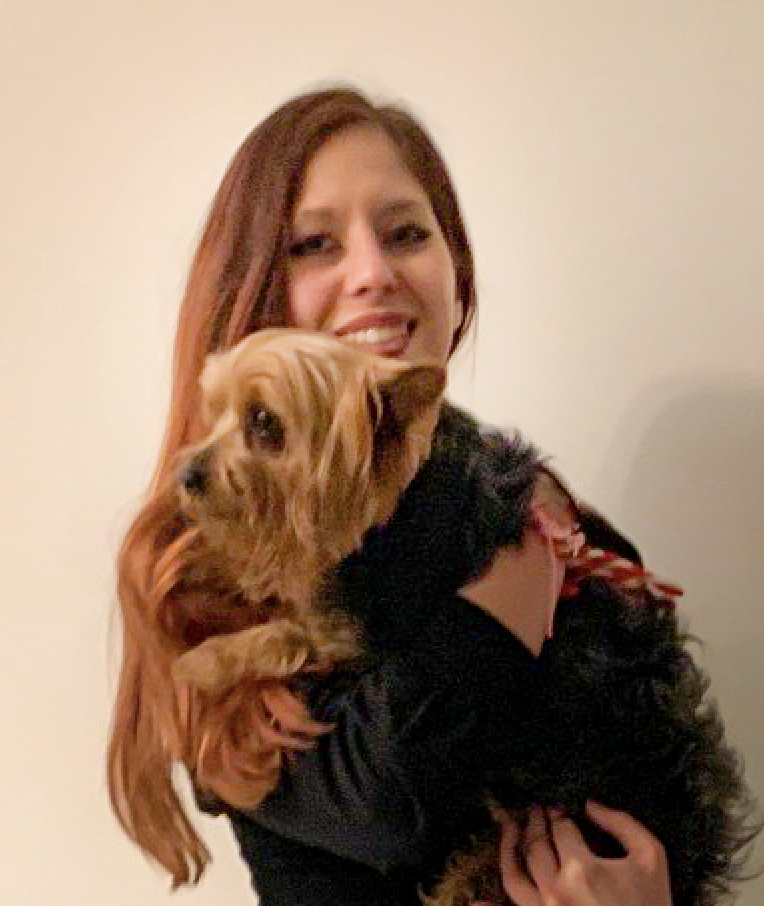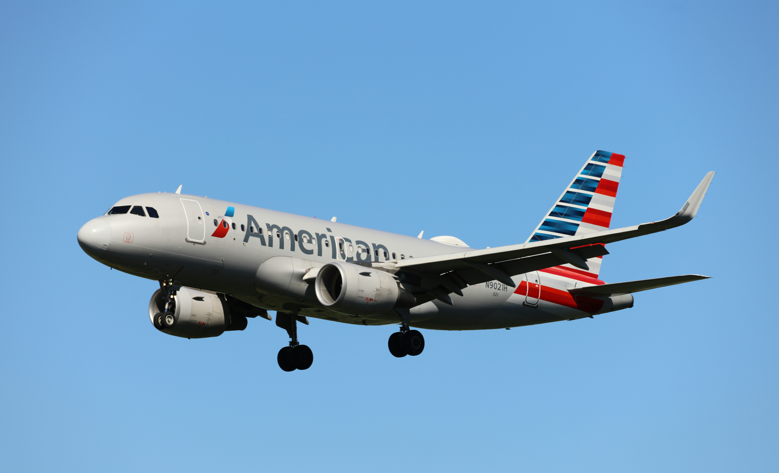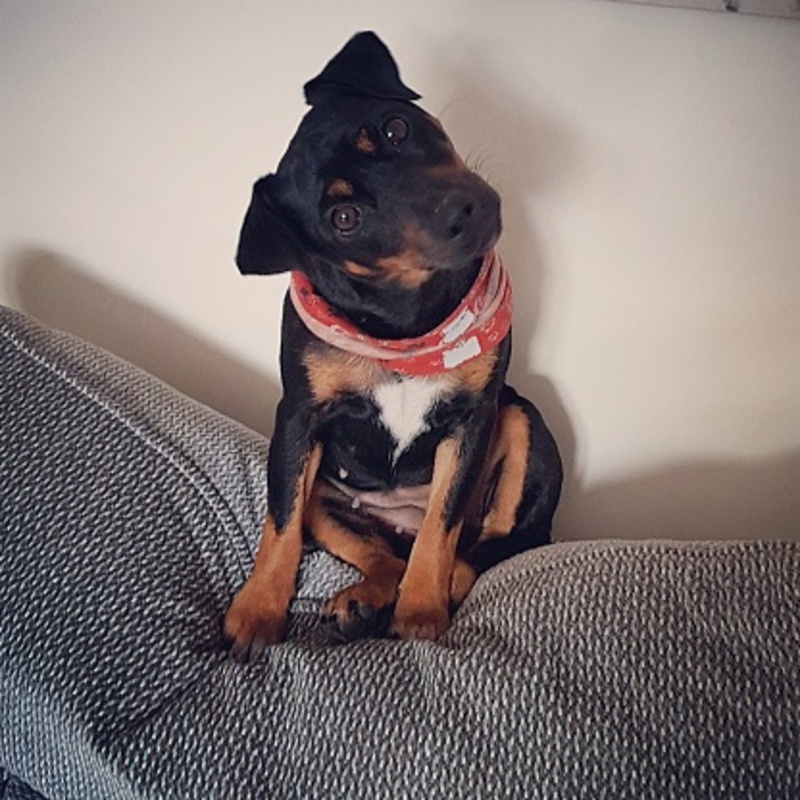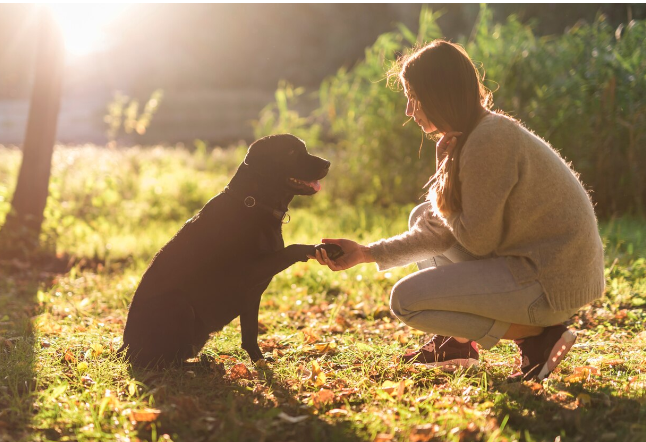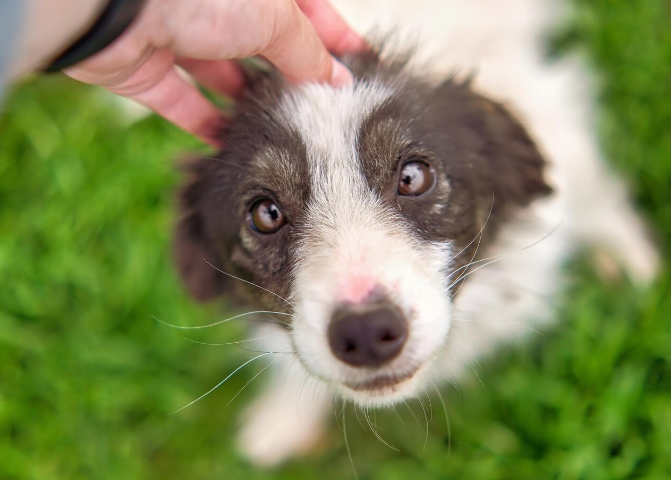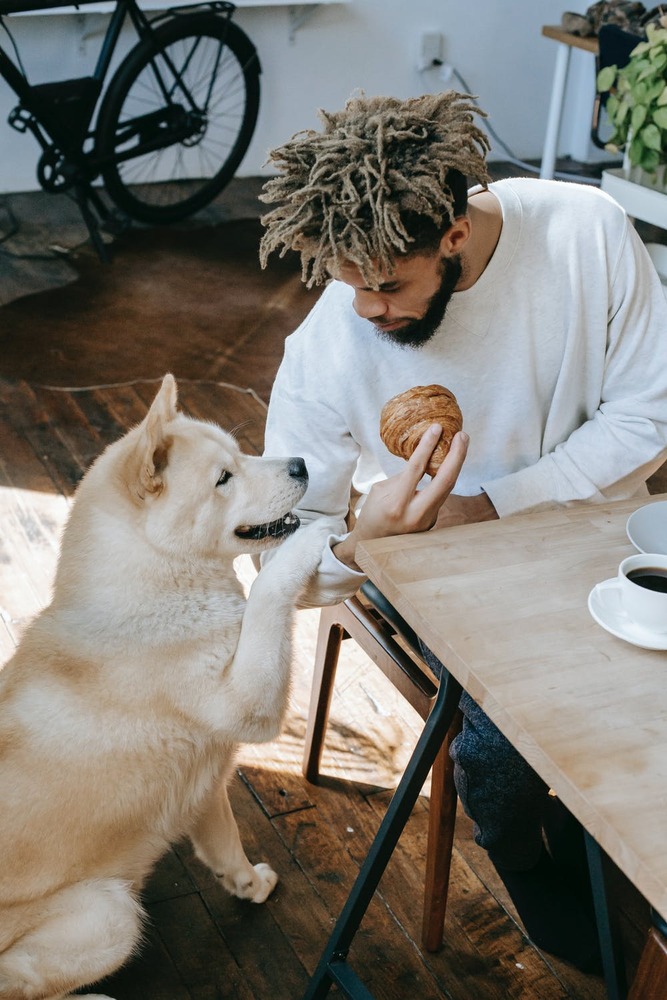
Dogs’ paws-essential “tools” that keep their legs protected and help them cool when temperatures are too high, in other words, they regulate the body temperature. Are paws only a part of dogs’ bodies with a specific physiological function? Of course, not! They are a communication tool as well, used by dogs to communicate with their beloved humans.
Why do our paw friends paw at our legs and arms and what they actually want to tell us? Those of you who have been owners for some time and already know their dogs quite well will definitely know the answer to that question. If you are a new dog owner who is still learning to read their dog’s body language, this article may be interesting to you.
Dog’s Body Language
To understand the general meaning behind your canine’s pawing, you need to monitor their body language. Is their body posture relaxed, are they staring at you, actively waving their tail with ears perked up, or rather do they look scared-ears sloped back, tail pointed downward...etc.? The dog’s body language combined with the environmental factors will help you interpret their pawing (or other interactions) properly.
In most cases, when your paw friend starts pawing at you, they are trying to draw your attention.
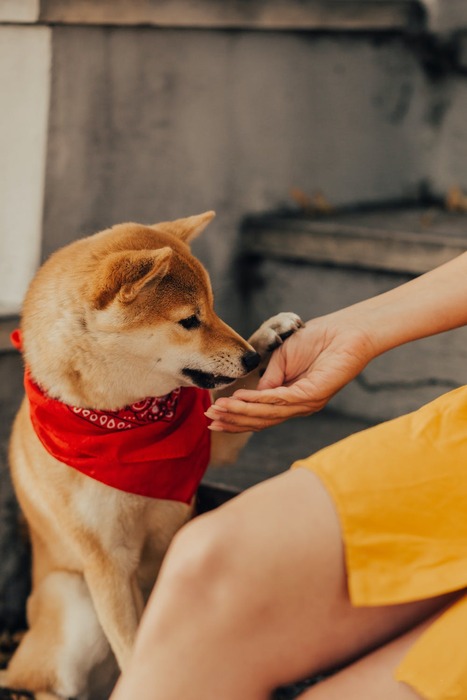
Your Dog Wants You to Do Something For Them
Petting
What exactly they are likely to want at that moment, depends on the context. If you are petting them, scratching them or otherwise showing them your love towards them, and suddenly stop, they may want to remind you to keep doing what you were doing. It is just simple.
Playing and Walking
If you usually spend most of your time at work or otherwise not in your home, your paw friend may try to tell you that he/she is feeling lonely and want you to interact with them. It could be a play invitation or walk invitation. Regular playing and exercising are not only beneficial for your dog’s health but to your relationship as well. The more valuable time you and your paw friend spend together, the stronger your bond will be. If you consider training your dog as an Emotional Support Animal or a Service Dog, the strong bond you have will only contribute to the training success.
Feeding
Food is a primary motivator for dogs, used as a positive reinforcement tool in dog training. If your dog is hungry, they may get a bit obnoxious and try to get your attention no matter what. Pawing is a possible way for your dog to tell you: “Human, I am hungry, don’t you see?”
It is recommended that you make a schedule in regard to your paw friend’s feeding, playing, walking, exercising... It may sound a bit annoying and even unrealistic, as our lives have become too dynamic. However, sticking to a schedule will have benefits for both you and your dog: dogs love routine and predictability, as it make them feel safe; once your dog learns what time of the day matches a certain activity, they are likely to stop being too clingy and pawing at you or otherwise seeking your attention; you will become more disciplined and committed.
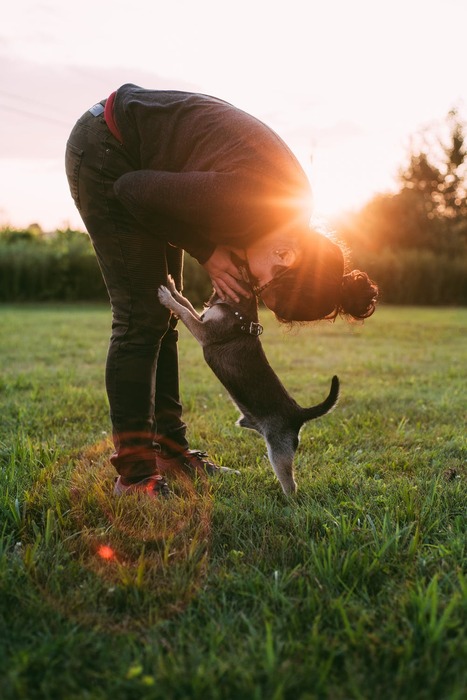
Your Dog Wants to Do Something For You
Affection
Both humans and dogs express their affection toward each other through physical contact. Since your doggy can not say “I love you” or hug you in the way humans do, they use their paws to offer emotional support. Pawing, nudging, and any kind of tactile stimulation, may be aimed at calming you down and providing you with comfort and support. Pawing at the owner’s arm or leg, is a task, that Psychiatric Service Dogs can be trained to perform. It reduces the emotional overload and mitigates the symptoms of anxiety, depression, PTSD and other mental illnesses. Some dogs have the innate ability to detect their owner’s emotional state and respond to any changes in it, while others need more training. However, if your dog’s pawing has a calming effect on you, you can encourage them to keep exhibiting this behavior. In other words, you need to reinforce it through training.
Your Dog Is Scared or Stressed
When our paw friends are afraid of something or feel stressed, they can express these emotional states through different signals. Pawing at you may be a sign that they need you. Certain environmental triggers or changes in the surroundings, even if not so obvious and meaningful to you, may cause stress in your dog. Always pay attention to the surroundings in order to be able to recognize any factors, that may negatively affect your dog.
When to Not Pay Attention to Dog’s Pawing
Although pawing may be considered an innocent and cute interaction tool used by your dog to tell you something or to show their support to you, you may need to discourage this behavior, if your dog becomes too pushy. If your canine learns that every time they want something, they will get it at the exact moment, they will never stop doing it.
There is an important difference between pawing as a communication tool and pawing as a tool that makes you do everything for your paw friend. If you notice that your dog has become a bit clingy, you may need to stop paying attention to any unwanted interactions and reward him/her with treats/ toys/ praising, only after they calm down. That way you will teach your doggy, that only the good behavior will be rewarded. Also, you may want to train your canine in basic obedience skills, to ensure that he/she will be well-mannered both at home and while around other animals and people.



